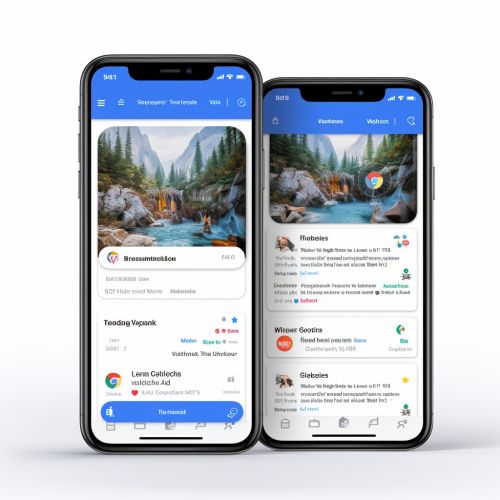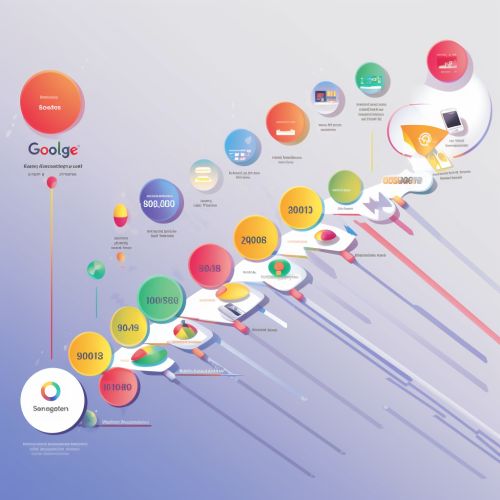Google ads
Overview
Google Ads, formerly known as Google AdWords, is an online advertising platform developed by Google. It allows advertisers to display brief advertisements, service offerings, product listings, and video content within the Google ad network to web users. The program uses cookies and keywords determined by advertisers to place advertising copy on pages where they think it might be relevant. Advertisers pay when users divert their browsing to click on the advertising copy.


History
Google Ads has gone through several iterations since its inception. Initially launched in October 2000, the platform was then known as Google AdWords. The early version of AdWords allowed advertisers to create text ads for search results on the Google search engine. However, it was not until 2002 that the AdWords system was introduced, which allowed advertisers to create text ads with limited characters to appear in the Google search results.
In 2005, Google introduced the AdWords API, making it possible for advertisers and third-party developers to create custom applications that interact with the AdWords platform. This opened up new possibilities for advertisers, allowing them to manage large-scale AdWords campaigns and automate the process.
In 2018, Google rebranded AdWords as Google Ads as part of a larger effort to streamline its advertising offerings. The change was more than just cosmetic, as it also included new features and campaign types.


How Google Ads Works
Google Ads operates on a pay-per-click (PPC) advertising model, in which users bid on keywords and pay for each click on their advertisements. Every time a search is initiated, Google digs into the pool of Ads advertisers and chooses a set of winners to appear in the valuable ad space on its search results page. The "winners" are chosen based on a combination of factors, including the quality and relevance of their keywords and ad campaigns, as well as the size of their keyword bids.


Types of Google Ads
Google Ads offers several types of ads, including:
Search Ads
Search ads are text ads that are displayed among search results on a Google search results page when someone searches for a keyword that the advertiser has listed in their campaign.
Display Ads
Display ads can appear across a network of more than two million sites and apps, giving advertisers the ability to reach potential customers on the websites they visit.
Video Ads
Video ads are shown only to the people an advertiser wants and they only pay when they watch the video. These ads run across YouTube and other video-related display networks.
Shopping Ads
Shopping ads show users a photo of the product, plus a title, price, store name, and more. These ads are created using data from an advertiser's Merchant Center product data, not keywords.


Google Ads Bidding
Google Ads operates on an auction system, which takes place every time a user performs a keyword search. To "win" the Google Ads auctions and see your Google advertisement appear for relevant keywords, you'll need to optimize your Quality Score and bid amount.
The Quality Score is Google's rating of the quality and relevance of both your keywords and PPC ads, and influences your cost-per-click (CPC). The relevance of the ad to the search query would be a key factor when determining the Quality Score.


Google Ads and SEO
While Google Ads and SEO are not directly related, there are areas where the two intersect. For instance, running Google Ads can help boost brand awareness, which can lead to increased organic search traffic. Additionally, the keyword data from Google Ads can be used to inform SEO strategy.


